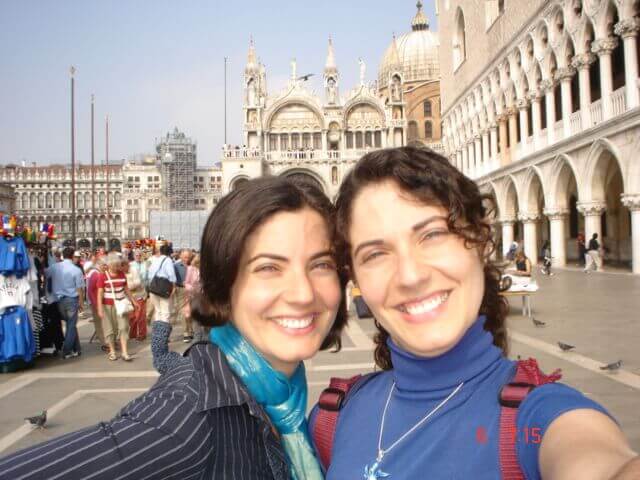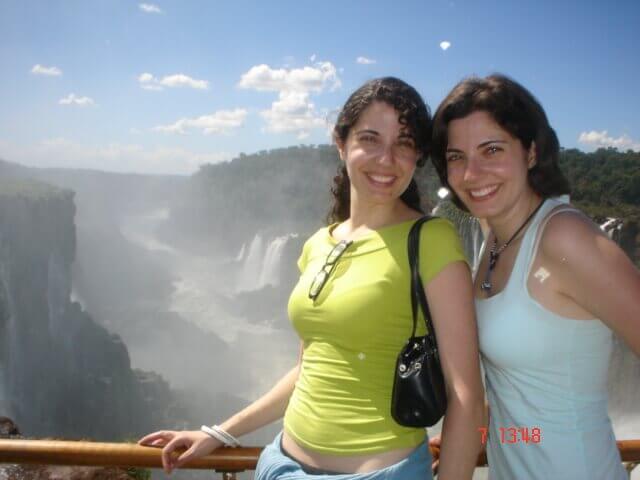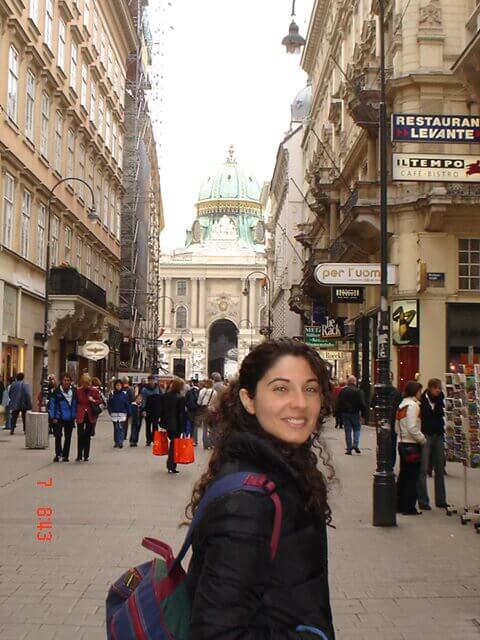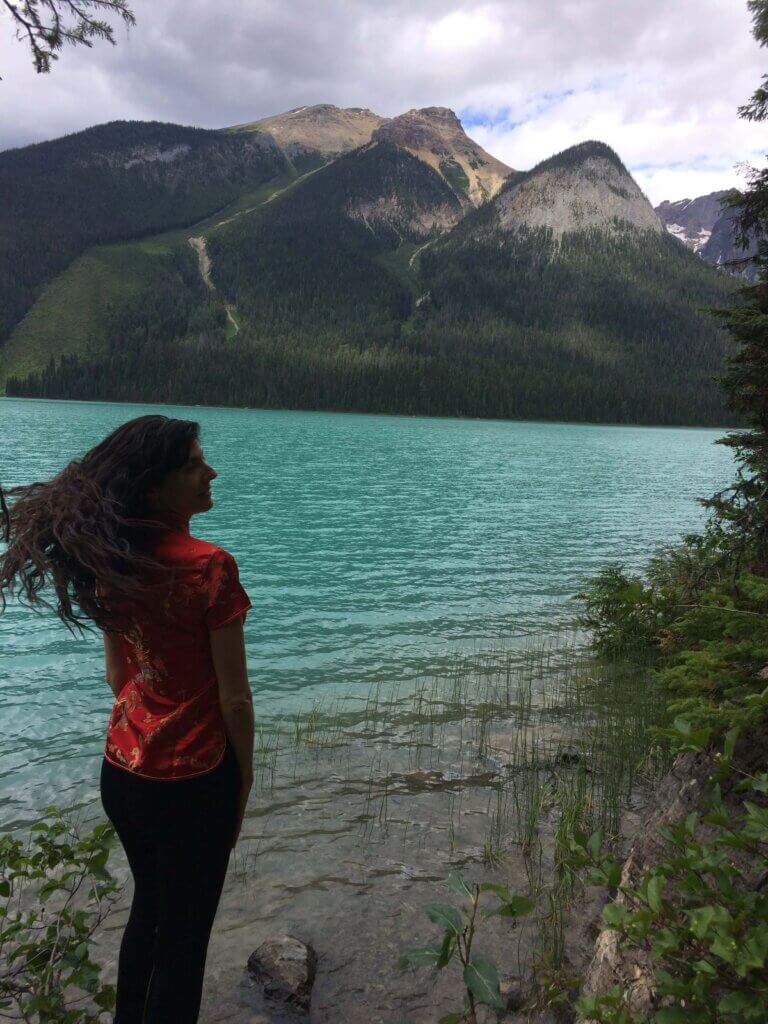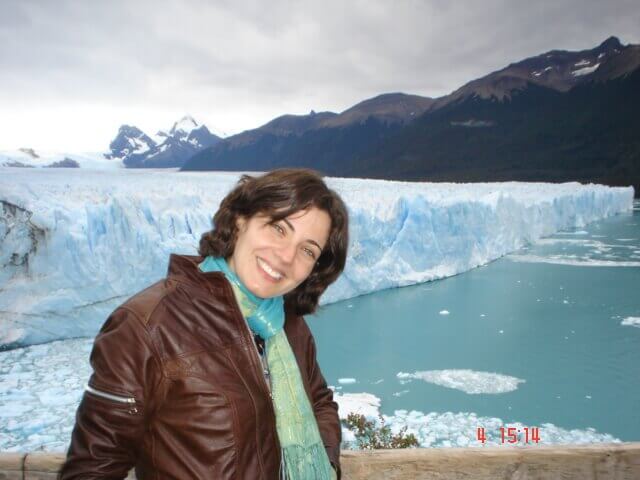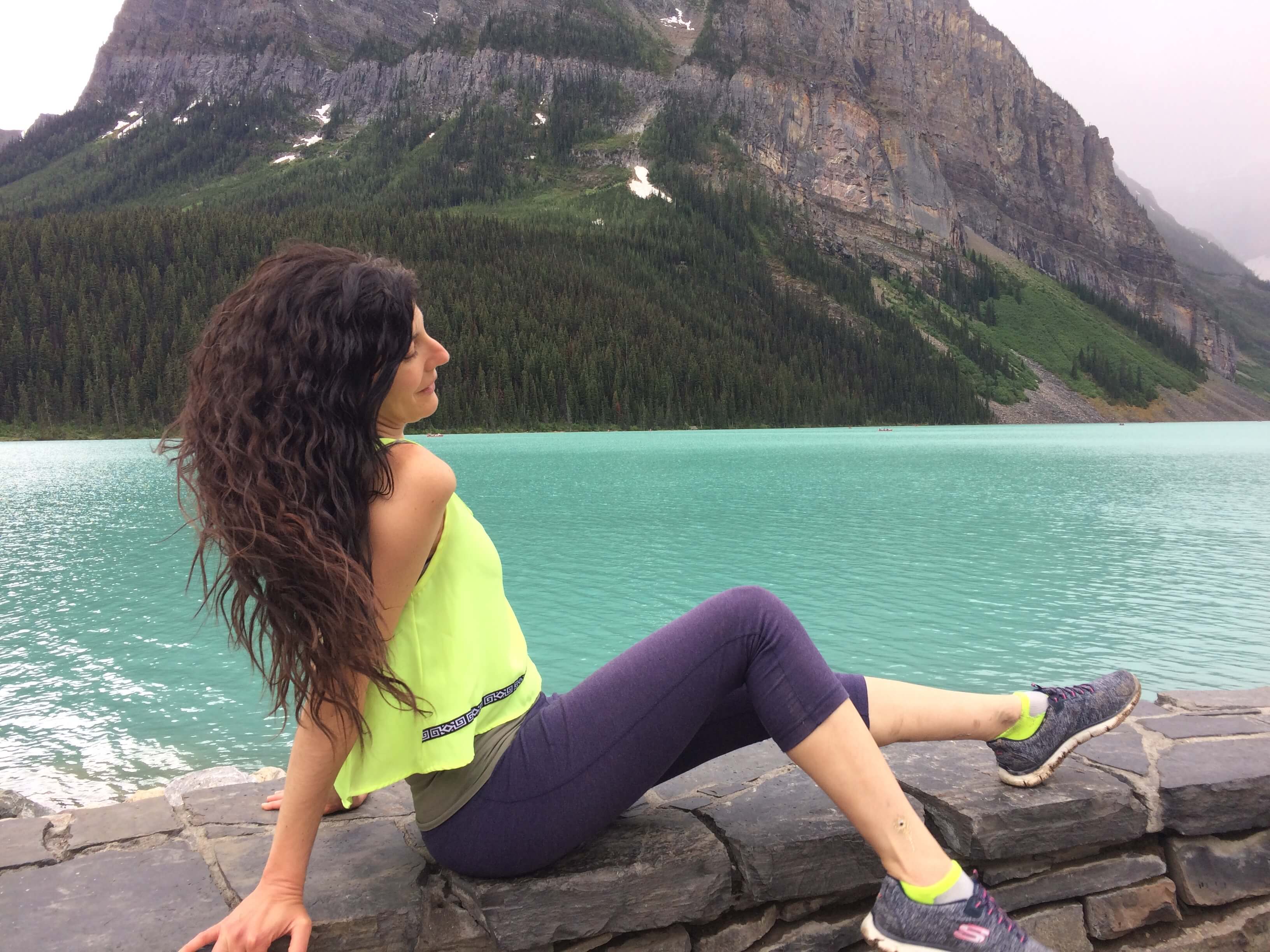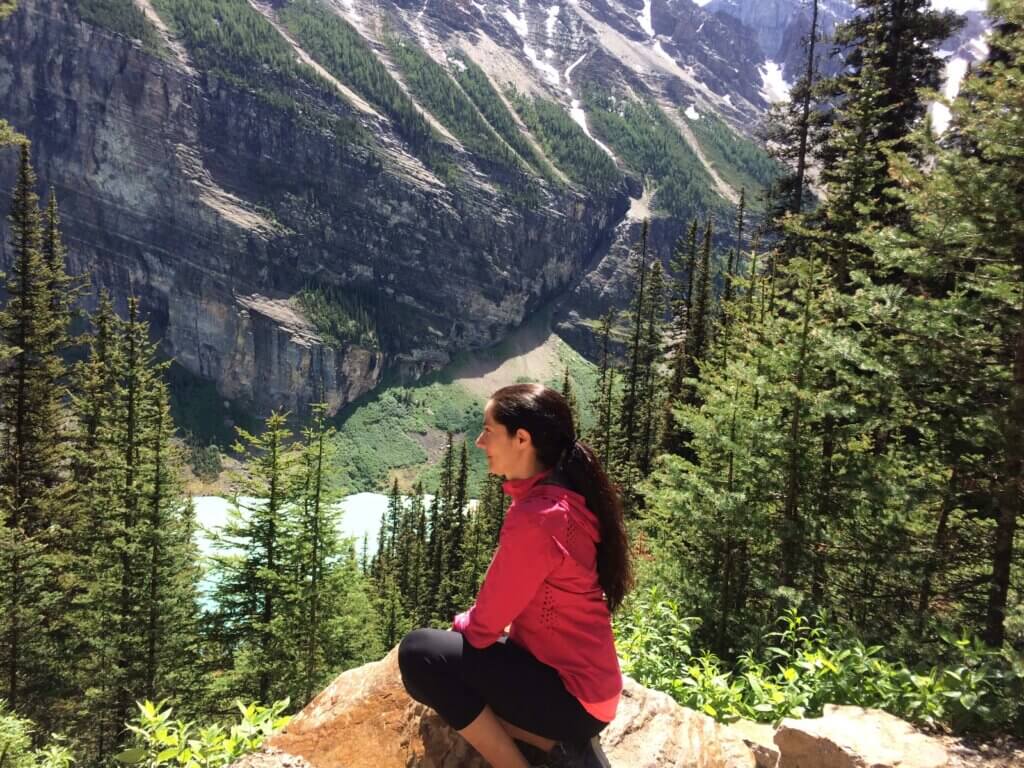When we travel, especially when we travel alone, we may find ourselves at a disadvantage when it comes to taking good photos.
Even if we travel in pairs or in groups and want everyone to go out in the photo in front of the monument or scenic space, it may not be so easy to take those satisfying photos that we want.
That’s why here are some tricks to take photos of your travels as a pro, even if you’re traveling alone.
Selfies
It is the most widespread technique, especially when it comes to taking photos for social networks. But if you are not careful, we see how in selfie photos the background almost always appears out of focus or out of bound. After all, the selfie is a photo focused primarily on oneself.
We will always require further editing work with selfies,if we are looking for quality photos with this technique.
Take several selfie photos with different camera angles and choose the one in which you, your group and the monument or scene you want to portray best appear.
Ask someone with a professional camera for a photo
If you’re going to ask someone to take a picture of you with your camera, prefer someone with a professional camera: there’s a better chance they’ll take a well-taken photo.
When you see a person who prefers a professional photographic equipment over a cell phone camera or a compact camera does not necessarily imply that he is a professional photographer, but it is very likely that he has taken the time to know all the functions of his team, so if he is not professional he is an advanced amateur.
Therefore, you should master the basics of light, framing, background focus, and so on. So when you ask this person to take a picture of you, of your group in that special place, the odds of them taking a better picture of you are higher.
Place your camera or cell phone on the floor
A trick to achieve wide frame photos is to place your camera or cell phone on the floor, supported by a wallet, solid case for glasses or a small and light tripod.
With this frame “from below” you can get images where you will appear full body with a wide-angle view (scenic) of the background. If you carry your suitcase (hotel, airport) you can use its retractable handle to place the camera or cell phone there.
Use the automatic trigger, burst and timer
You use these features to take pictures of yourself. Place the camera on a tripod or wall, cover it and activate the timer functions (to give you time to put yourself in your place) and burst (to get different photos in different poses in the same “shot”).
This is a great way to achieve excellent quality photos if you are traveling alone. Use cue points in the background to place yourself in the right place in the image.
Don’t look at the camera
It is better if you go out natural, as if you had taken the photo without you noticing, while enjoying the walk, you observe the scene, laughing.
Those photos too “inns”, assuming gestures and attitudes “for the photo” are quite démodé. The more natural and casual you go out in your images, the better.
In the frame, place yourself at one end to the left or right so that with your body you do not cover the background.
Choose your outfit or wardrobe well
Wear sunglasses, hat and if you are a woman, a pashmina.
Choose your outfit based on what you are going to visit. If you are going to visit a white monument, you can use a vivid color to stand out in the images. Use elements that stand out from the landscapes. In general, if you go out on a foggy or winter day or if you visit a monument where a cold or neutral color predominates (such as the Taj Mahal), dress in bright colors.
If you visit a botanical garden or forest or a place in the tropics or in summer on a sunny day, prefer more neutral and sober colors.
Find unique angles, perspectives, and moments
When visiting a well-known monument: say, notre DammeCathedral, the Wall of China, the Colosseum, etc., people tend to take the same photos from the same corners.
Try to look for angles or perspectives of that monument or scene that are not common in the photos. As in the back of Notre Damme. You will be surprised to see how a well-known monument totally changes and is presented as something almost unrecognizable. Be creative.
When it comes to highly visited sites, go early to take the best light and with as few visitors as possible. The aesthetics of your photos will thank you.
Try to integrate with the environment and look for places or moments in which people do not appear in the photo (even less with the appearance of tourists). It is difficult especially in very visited places, but not impossible.
Leave the shame
Many people are inhibited by taking photos on tourist sites. In order not to feel sorry, he takes them to the race, does not take the time to manage to come out well in the photo, or to adopt his “pose”.
Remember that the people around you are not aware of you, but of where they are. And if they were, they’re people you won’t see again.
So take your time, place your team well, don’t be fearful of being creative and prepare your troussose so that that photo is stellar when you see it and show it back home.
Acquire notions of light in photography
There are certain things regarding light that you should know when you take pictures.
For example, don’t take pictures with the light source behind you, because you’re going to come out very dark. Nor with the sun directly in front of you, because there may be overexposure of your image and your features will not look sharp.
On the other hand, learn to control the shutter to regulate the amount of light and exposure time to avoid over or underexposure.
If this sounds cumbersome to you, the good news is that all good quality cameras and some state-of-the-art phones have “preset modes” with which the camera automatically places the parameters and you only worry about making good settings.
Conclusion
You don’t need to be a professional photographer or a model to get good pictures of our travels.
Invest time in getting to know your camera or your cell phone camera, because images and videos will be your permanent memories.
Also, by reviewing and seeing those images again, you’ll be repeating the same emotions you felt when you made the trip the first time.
So the time you invest in acquiring notions of photography will never be wasted time.
